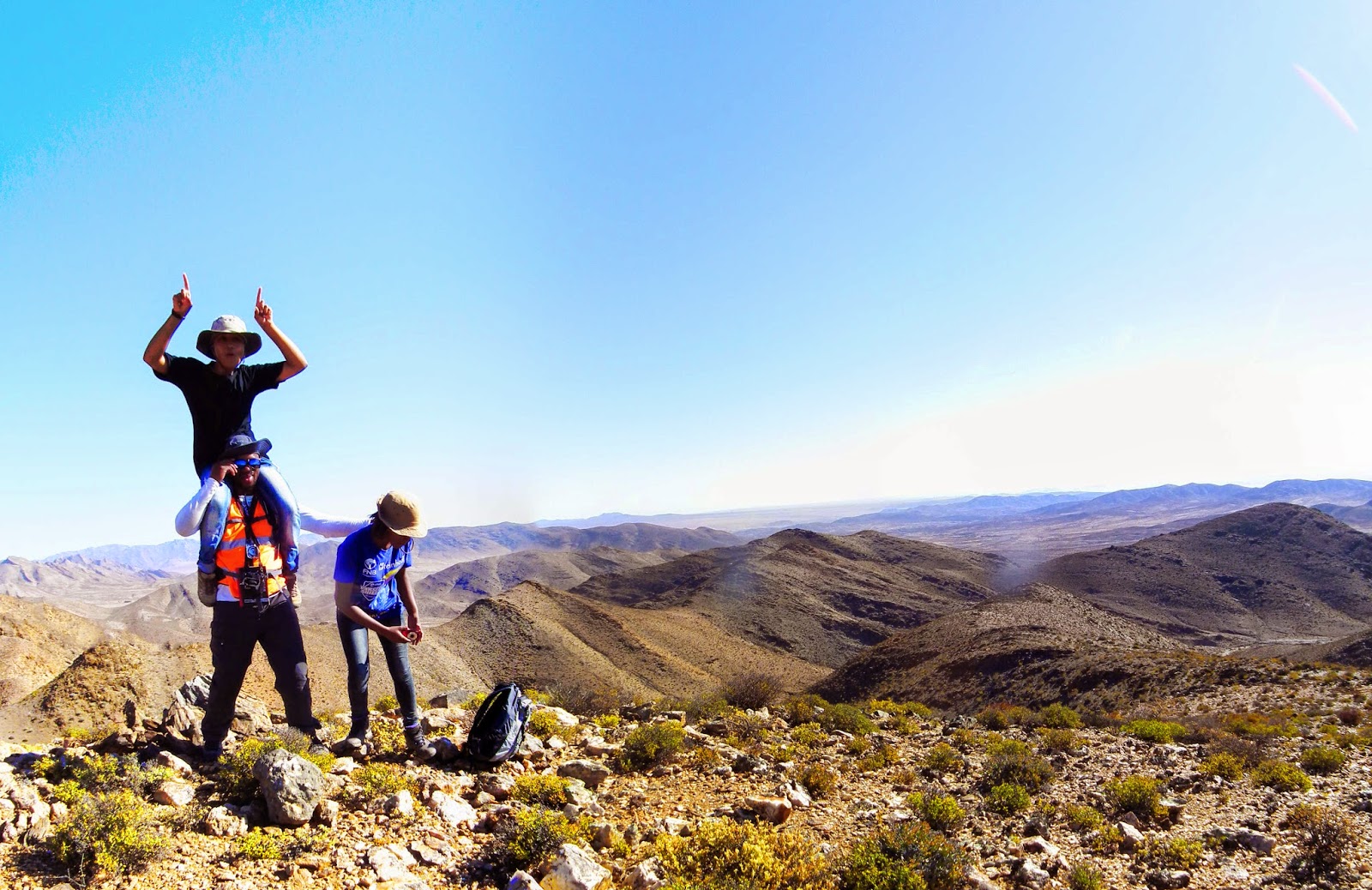By Nick Baglow:
As another Field School draws to
a close, with just the Polokwane crowd to actually return home, one can reflect
on a few highlights of the last few weeks. One of course has been the
inauguration of the blog itself! Another was this year’s group of young participants;
they gelled well throughout and were an example of coming from
different competencies and offices within the repositioned Council and functioning
effectively together, scientifically and socially. Besides the obvious learning
of geological mapping techniques this has always been a component of the Field
School; to recognize that geology is cool and geologists/colleagues are fun
people (when liberated from the confines of the office!). We had a larger group
than in previous years, but retained the successful model of having three rotating
participants per trainer to ensure personal attention and development, and the
interest maintained by the group to the very end once again justified this approach.
On the journey across South
Africa a diverse assemblage of exposures across the stratigraphic spectrum
was visited and these have been documented in earlier blogs. As a
follow-up the Field School participants have now been allocated individual research
topics (related to that journey) that collectively will enhance the group’s broader
understanding of the geological context of what they encountered. This research
will be included as addenda to their reports on the actual mapping area in the
Richtersveld.
The topics are:
1 Snowball Earth (Shane)
2 Dinosaurs; definition, extinction
at the K-T boundary (Penester)
3 Aeolian sands, red beds (Eveline)
4 Mafic dyke swarms in SA (Ndidi)
5 Continental flood basalts
(Ntsundeni)
6 Greenstone Belts…what are they?
(Belindah)
7 Orange River diamondiferous
gravels (Mpumelelo)
8 Stromatolites, biomats…modern and
ancient (Khaya)
9 Pillow lavas … modern and ancient
(Olma)
10 Whitehill Formation… shale gas
potential (Haajirah)
11 Dwyka Group across continents (Tebogo)
12 Tidal sandstones, ripples and
palaeocurrents (Ngqondi)









































